Art
Intent
At Kensington Community Primary school, we have designed a high quality Art curriculum with the intent to inspire, engage and challenge all children; intellectually, socially, morally, emotionally and culturally. It intends to help children become knowledgeable, reflective, and good communicators. We equip them with age appropriate knowledge and skills to experiment, invent and create their own works of art, craft and design. Our curriculum allows them to think critically and develop a more rigorous understanding of art and design. It is designed so that children get a good understanding of how art and design both reflect and shape our history, and contribute to the culture, creativity and wealth of our nation.
Implementation
The teaching in Kensington Community Primary school strives to ensure that all Art lessons taught throughout the whole school are inquiry based and promote independent learning.
To ensure steady progression there are three topics per year group, spread across the year that are differentiated and creatively thought out; giving all children, of all different abilities, a chance to reach their potential. In order for breadth and balance, continuity and progression, each year group will develop skills in drawing, painting and sculpture and will progress through the strands research, practise, make and evaluate in all topics.
Each term, every year group has a key question to answer, e.g. Are all great stories written? The children, along with their teacher will inquire and investigate their question. Teachers also refer to a ‘progression of skills’ document which helps them to recognise the skills expected for each age range. Some Art topics are linked to other curriculum areas. Identified on the medium term plans are Maths and English links as well as opportunities for Wow visits. The teacher is responsible for the delivery of Art according to the children’s interests and the curriculum aims outlined in the medium term plans.
Differentiation within Art is implemented by offering the children a wide selection of choice for each task, the children will self-assess and choose an activity that they believe is a suitable challenge for themselves.
When planning and teaching Art and Design, our teachers ensure they provide opportunities to promote the following: –
Spiritual development: Through helping pupils to recognise their own creativity and the creativity of others by finding solutions to problems.
Moral development: Through helping pupils to reflect how Art affects the environment, so that they can make informed choices when planning and creating.
Social development: Through helping pupils to recognise the need to consider the views of others when discussing creative ideas, and by working on collaborative projects, making the most of different strengths and interests within a team.
Cultural development: Through exploring Art’s contribution to the quality of life within different cultures, and through valuing and reflecting on the responses of people from other cultures towards Art.
Mental Health: Through being able to recognise, acknowledge and express their own thoughts and feeling through their art work in a safe environment. It can be used to help manage behaviours, process feelings, reduce stress and anxiety and increase self-esteem. It can act as a tool to help relieve emotion or stress.
Impact
Staff training for class teachers on the delivery of Art and Design has seen a great impact on the quality of teaching and learning across the school. This training includes developing knowledge in the four areas of learning; research, practise, make and evaluate and how to make good use of sketchbooks in order to maintain high quality teaching and learning. Staff take part in practical workshops to help develop their own skills around painting, sculpture and drawing. Medium term plans are regularly updated and implemented according to staff feedback and an effective, efficient assessment system is in place, which allows staff to make secure judgements about the children’s achievements. Progression maps are in place which supports teachers in making sure the children are making good progress with their knowledge, skills and understanding. Having these things in place ensures staff have confidence and knowledge in teaching the Art curriculum so that the children are also confident and produce good quality art work that they can be proud of.
Subject and school leaders monitor the impact of our curriculum provision through completing regular monitoring. Monitoring takes place in three forms; Lesson observations, book scrutiny and pupil voice. Pupil voice has shown the children in our school enjoy art and feel confident and knowledgeable. They take place every term and from a variety of year groups to ensure coverage. The information gained from them is used to outline the current standards and achievements, strengths, gaps, priorities and actions that need to be taken.

